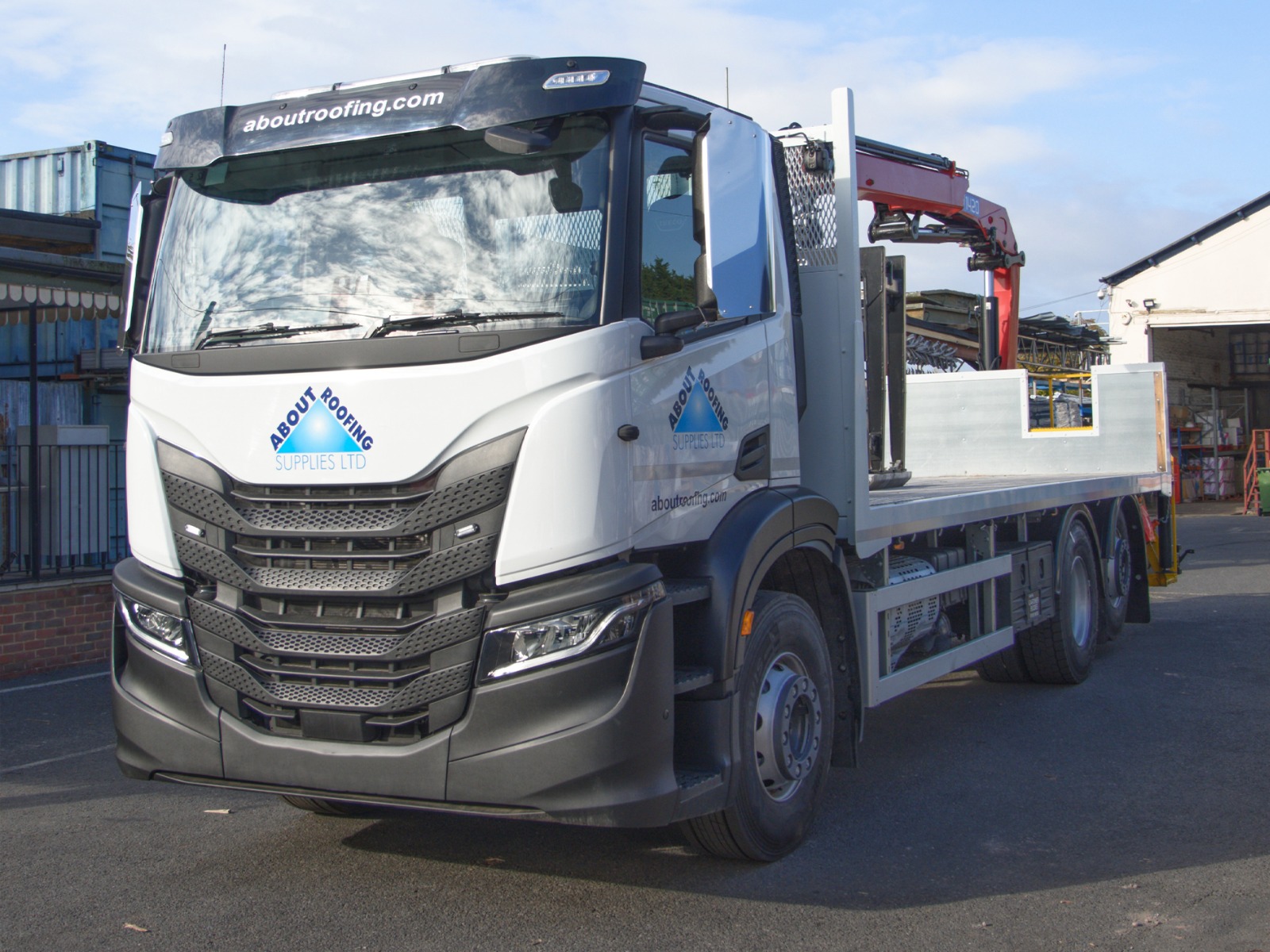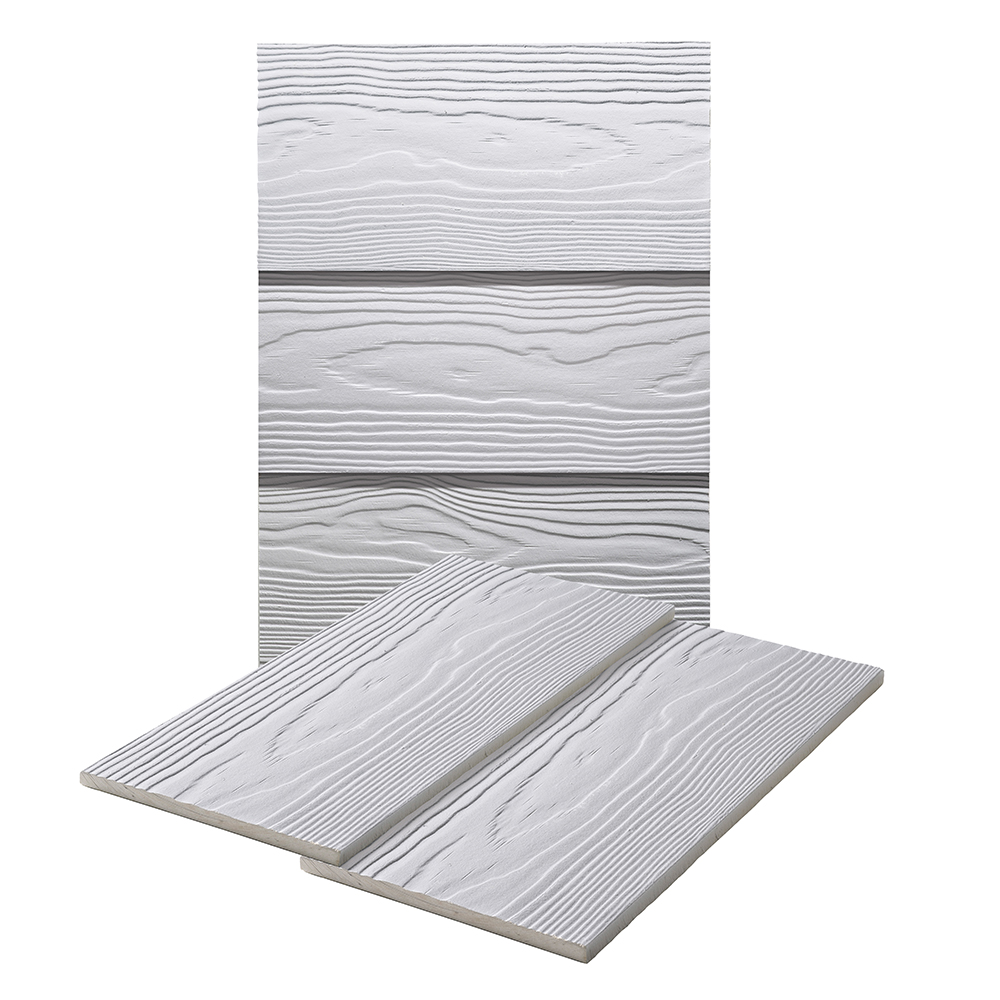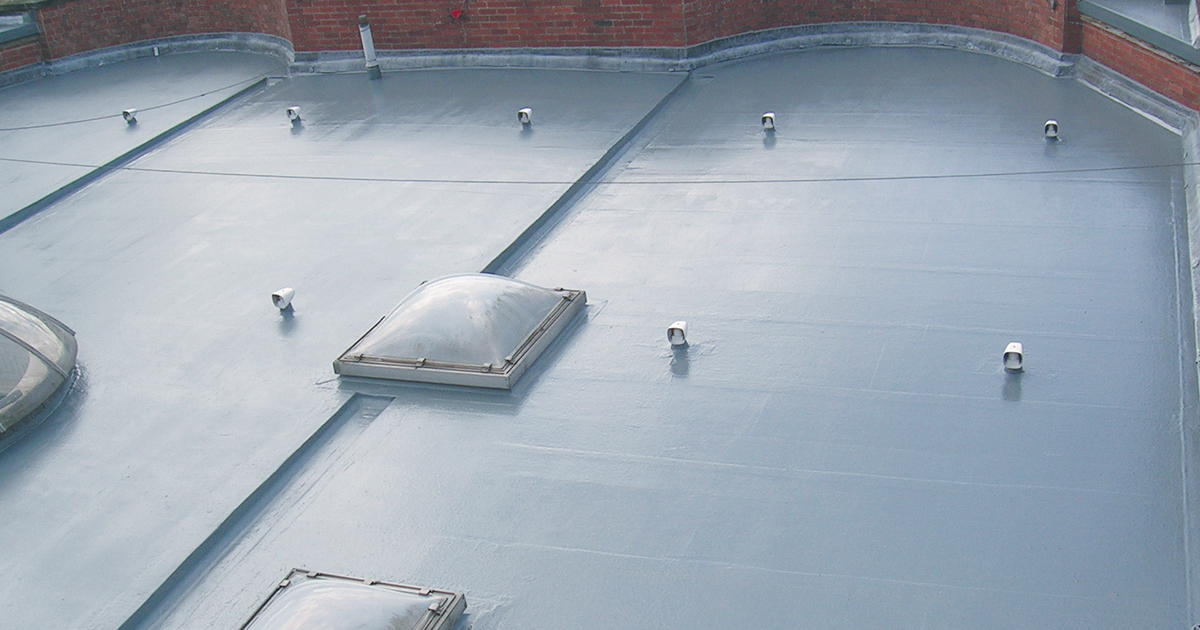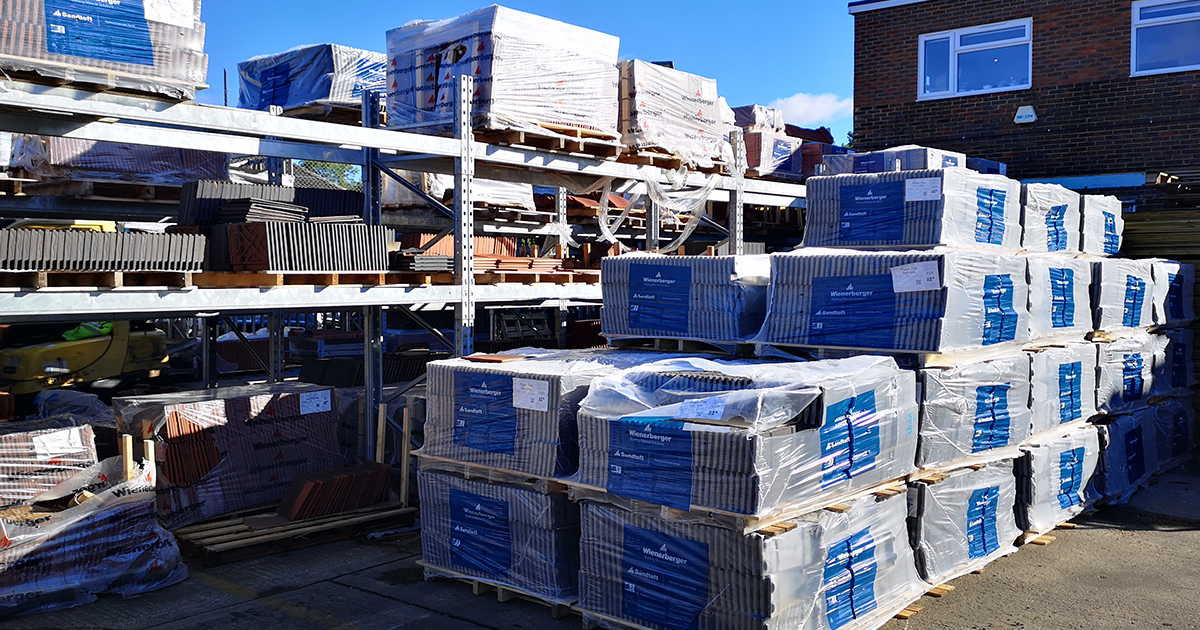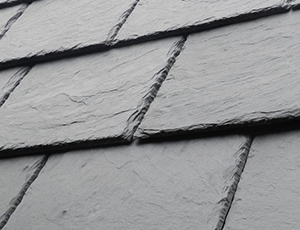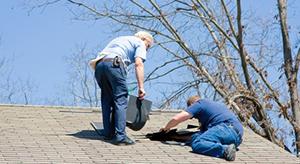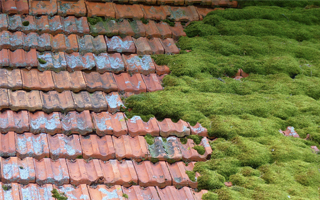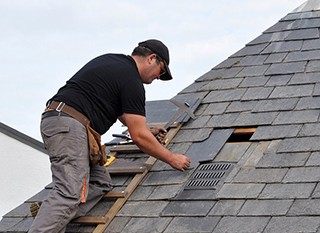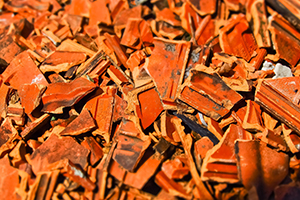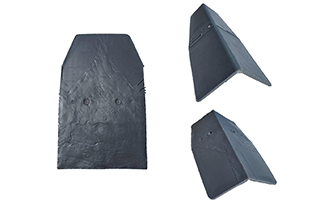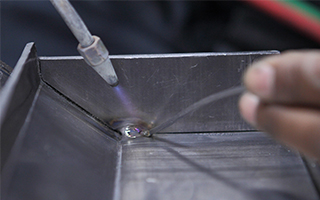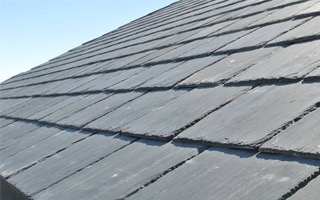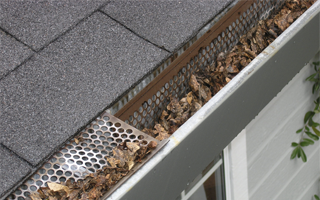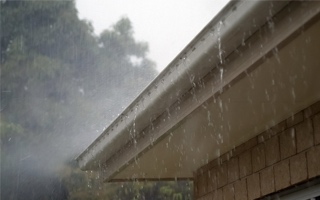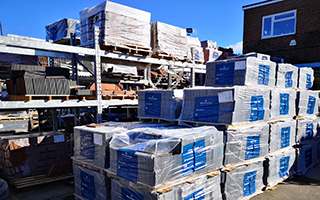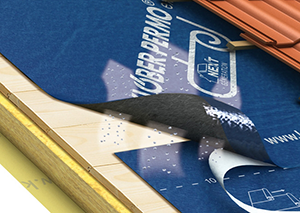In the past, non breathable roofing membranes were solely used to provide a temporary waterproof roof over a structure which would then go on to be covered by a tiled or slate roof. Because building a roof could take a few days, the roofing felt would help protect the structure and any rooms below it, as well as their contents, by acting as a barrier against severe weather such as rain, sleet, snow, and wind, and protect against any other damage, as well as to provide minimal insulation until the project was complete. Once the roof was completed the non-breathable felt would act as a dust barrier below the tiles, however it would also trap warm, moist air inevitably leading to damp and condensation issues.
However, since the 1970s breathable roofing felt (also commonly referred to as breathable roofing membrane) has become a default part of the building envelope and is now always used to create a secure, waterproof roof that is durable and will protect your home and your belongings for many years, will allow your roof to breathe as well as to comply with Building Regulations.
What Does Roofing Felt Do?
Roofing felt has many different purposes:
- Roofing felt, installed under roof tiles or roof slates, protects the roof space from being exposed to wind and the ingress of rain and snow, should the roof tiles fail, leak, be damaged or be blown off.
- Building regulations mean that a breathable underlay underneath the slates or tiles is now a mandatory requirement to address the issue of condensation within buildings.
- Roofing felt covers homes where a roof has not yet been fitted, providing a temporary protective layer against weather such as rain and strong winds.
- Roofing felt acts as a permeable moisture barrier, allowing the warm, moist air that is generated in the home to escape, whilst preventing moisture from the outside seeping into wooden beams and decking, keeping them robust and secure.
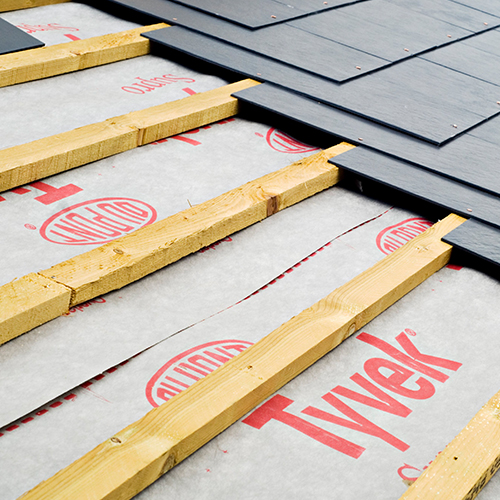
The Effects of Condensation Upon Properties
Modern houses are built to be energy-efficient, and as a side effect hold warm air released from heating, cooking and breathing trapped inside the house.
While this is great for achieving lower energy bills and keeping your family warm and cosy, it makes air circulation and subsequent condensation a more significant problem, which in itself can lead to the formation of mould and subsequent health issues, and roofing felt can help to negate this.
What type of roofing felt should be used?
There are different sizes, thicknesses, and types of roofing felt that homeowners, builders, and project managers need to consider before deciding which is suitable for the job.
Non breathable roofing felt
Non breathable roofing felt, such as 1F roofing felt , although in many ways a legacy product, can still be used in certain roofing applications subject to the installation of secondary ventilation.
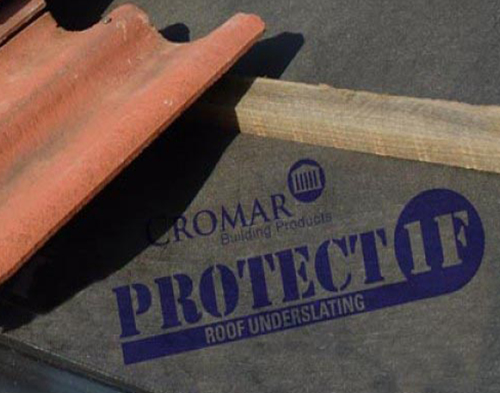
Shop our non-breathable roofing felt
Breathable roofing felt
Breathable roofing felt is a thin, lightweight material that allows moisture to pass through it in the form of water vapour, which naturally rises and 'pushes' through the membrane. Simultaneously. moisture from above the felt - such as from leaking roof tiles - is not usually able to pass through the membrane as it is in a liquid form (although it is worth noting that it is not waterproof as such and larger volumes of water will find their way through, particuarly in windy or stormy weather.)
Thicker breathable roofing felt - measured as 'gsm' or 'grams per square inch' - provides higher performance in terms of permeability and is beneficial as the moist air will pass through it more efficiently than with thinner membranes, providing better circulation, and reducing the likelihood of condensation and damp in the roof space.
There is a direct correlation between performance and price: the more that you pay, the higher performance the breathable felt will offer, however it is worth bearing in mind that for many smaller projects a breathable membrane from the more economcal end of the price scale such as ARS Premier Breathe or Cromar Vent 3 Light will be sufficient, whilst for larger projects, such as a complete re-roof on a house, a higher performance product such as Tyvek Supro or the Cromar Vent 3 Pro range are far more suitable due to their higher performance and ability to deal with the larger volumes of moist air created by the activities of more people, a larger kitchen, multiple bathrooms etc.
About Roofing stock and supply breathable membranes from the top 3 leading manufacturers in the UK: Tyvek, Cromar and Klober.
Shop our breathable roofing felt
Water repellant and weather resistant
If water gets underneath the roof tiles or slates, it could cause damage to belongings in the loft as well as severe structural damage, leaks, mould, and rot.
Breathable roofing membranes will help to prevent the ingress of water and allow it to drain off the building rather than leak into it. If you live in an area subject to ice and snow, roofing felt can also provide an additional protective layer. This is due to the heat from the home, which can melt snow or ice, and the resulting water could then seep into small gaps in the roof, causing ceiling and wall damage, or damage to the insulation of your home.
Where can I find breathable felts and non breathable felts near me?
You can view and order both breathable membranes and non breathable felts, as well as a wide range of roofing products including natural slates, man-made slates and our wide range of clay roof tiles and concrete roof tiles in any of our branches listed below or we can deliver nationwide:


